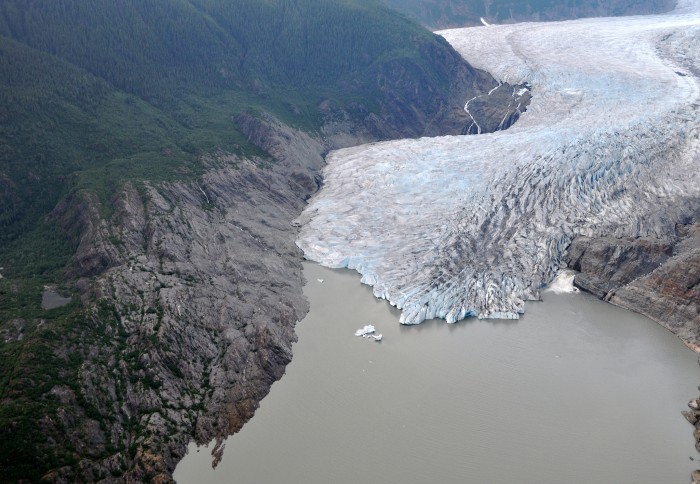
You will see results soon, and in three years, we will have solved this.
Joko Widodo, President of Indonesia[1]
The Indonesian president made this promise amid the fire and smoke haze disaster in September 2015. He was troubled by the fact that the 2015 fires severely impacted the nation’s environment, economy, and politics. Soon after, he established the Badan Restorasi Gambut (BRG, or Peatland Restoration Agency),[2] a new institution with the main purpose of restoring the degraded environment. After enforcing coercive approaches for decades, this moment was the very first time the Indonesian government took a formal, coherent, and scientific-driven approach to tackle fire-related problems. One striking maneuver of the BRG was the way it created thousands of infrastructures as part of its fire governance. These were the facilities BRG expects Indigenous communities like Ngaju people in Central Kalimantan to operate and maintain to achieve an ideal environmental future—to fulfill the promise of the government.

